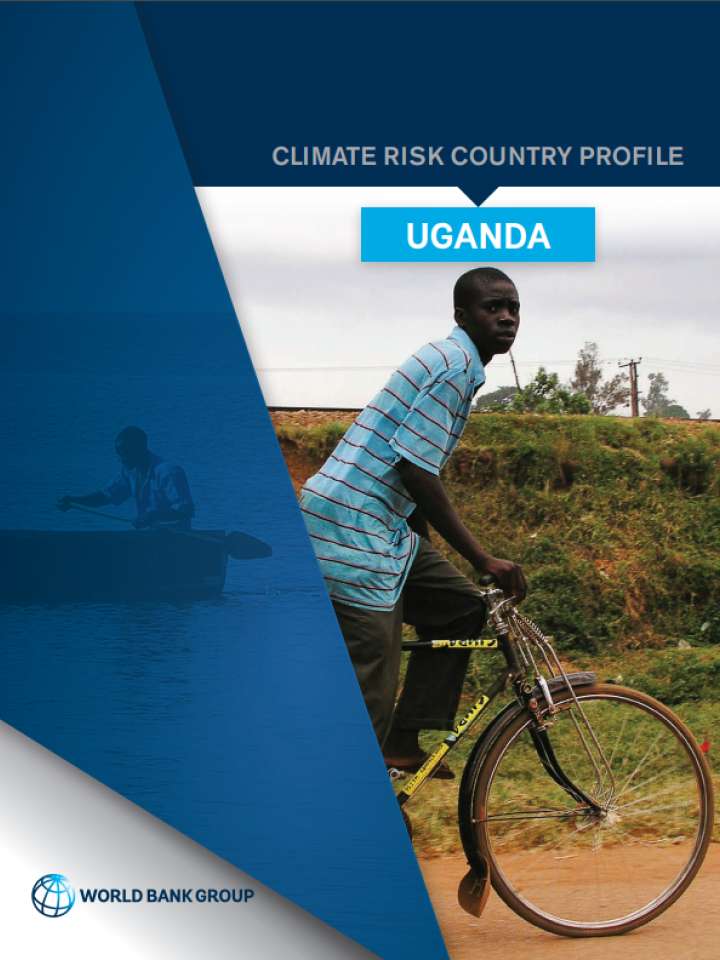Climate risk country profile: Uganda
Uganda is at risk to natural disasters. The country experiences extreme weather events which lead to mudslides, landslides and flooding, particularly for the country’s mountain regions and related districts such as Mbale in the Mt Elgon region. Extreme events leading to disasters such as floods, droughts, and landslides have increased over the last 30 years. Flooding has become more frequent, largely due to more intense rainfall. Over the past two decades, an average of 200,000 Ugandans are affected each year by disasters. Increased intensity of heavy rainfall has led to greater impact of floods and are causing more damage due to expanded infrastructure, human settlement and general development of the country.
Flooding, particularly in low-lying areas of the country, presents the largest risk. Each year, floods impact nearly 50,000 people and costs over $62 million.39 Uganda experiences both flash floods and slow-onset floods, which are common in urban areas, low-lying areas, areas along river banks and swamplands. Areas most prone to floods are the capital city, Kampala, as well as the northern and eastern areas of the country. Heavy rainfall in arid areas has led to flash flooding causing infrastructure damage. Areas such as Gulu District, face large challenges in the rainy seasons as large areas of the district become impassable, often resulting in food shortages and inaccessibility to health facilities and schools due to the destruction of roads and bridges from flooding.
Uganda’s vulnerability is exacerbated due to its high level of poverty and its high dependence on ‘climate sensitive’ sectors: agriculture, water, fisheries, tourism, and forestry. The country is at high-risk to natural disasters such as flooding, drought, and landslides, however, its topographic diversity and highly marginalized segments of the population, make it additionally vulnerable. Additional, non-climate stressors such as inadequate infrastructure to handle the increasing population are also impacting the vulnerability to natural disaster sensitivity and climate change vulnerability.
Explore further
